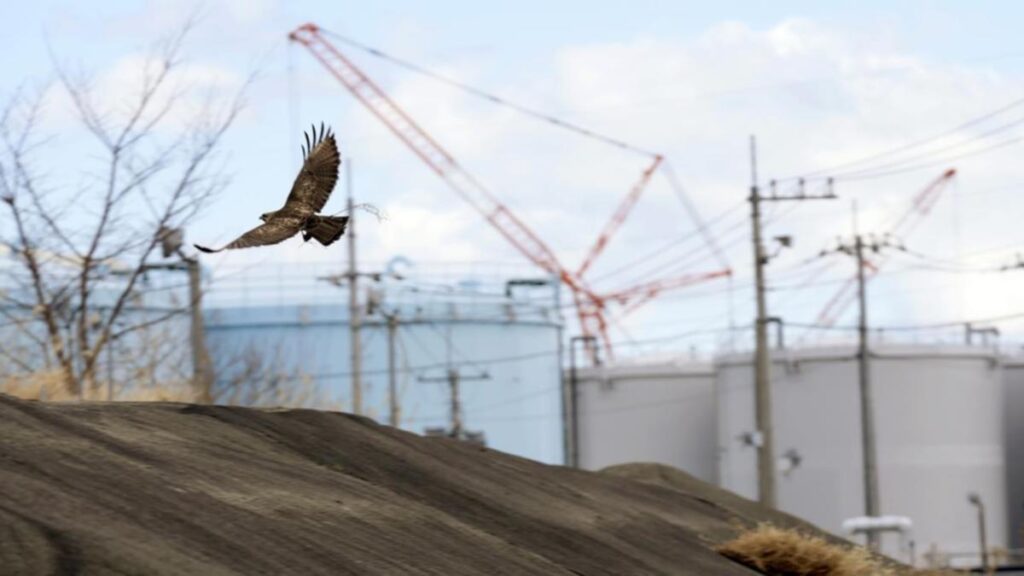A remote-controlled robot has embarked on its second mission to retrieve tiny bits of melted fuel debris from inside a damaged reactor at the Fukushima nuclear plant that was wrecked by a tsunami 14 years ago.
The mission, which follows the first such debris retrieval in November, is aimed at eventually developing the technology and robots needed for a larger scale clean-up of the plant, destroyed by the earthquake and tsunami in March 2011.
The extendable Telesco robot carries cameras and a tong to grip tiny nuggets of radioactive debris.
It entered the No. 2 reactor’s primary containment vessel on Tuesday, according to Tokyo Electric Power Company.
This time, the company aims to send the robot further into the containment vessel to get a sample from an area closer to the centre where more melted fuel is believed to have fallen.
It is expected to take several days before the front tip of the robot reaches the targeted area, where it will lower a device carrying a tong and camera in a fishing-rod style.
That first sample retrieval in November, despite a number of mishaps, was a crucial step in what will be a daunting decades-long decommissioning that must deal with at least 880 tonnes of melted nuclear fuel that has mixed with broken parts of internal structures and other debris inside the three reactors ruined in 2011.
After a series of small missions by robots to gather samples, experts will determine a larger-scale method for removing melted fuel – first at the No. 3 reactor – beginning in the 2030s.
Experts say the huge challenge of decommissioning the plant is just beginning, and that the work could take more than a century.

